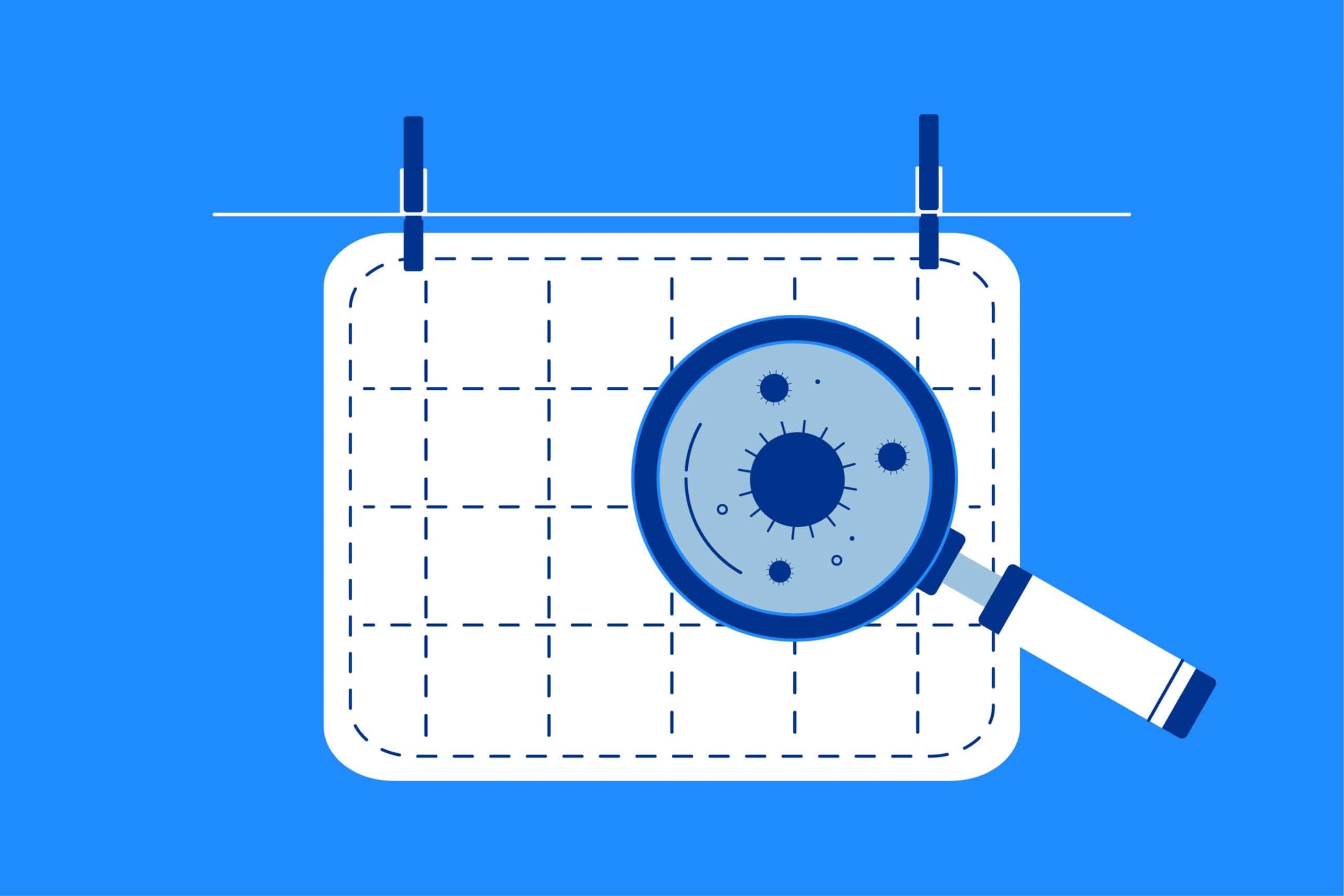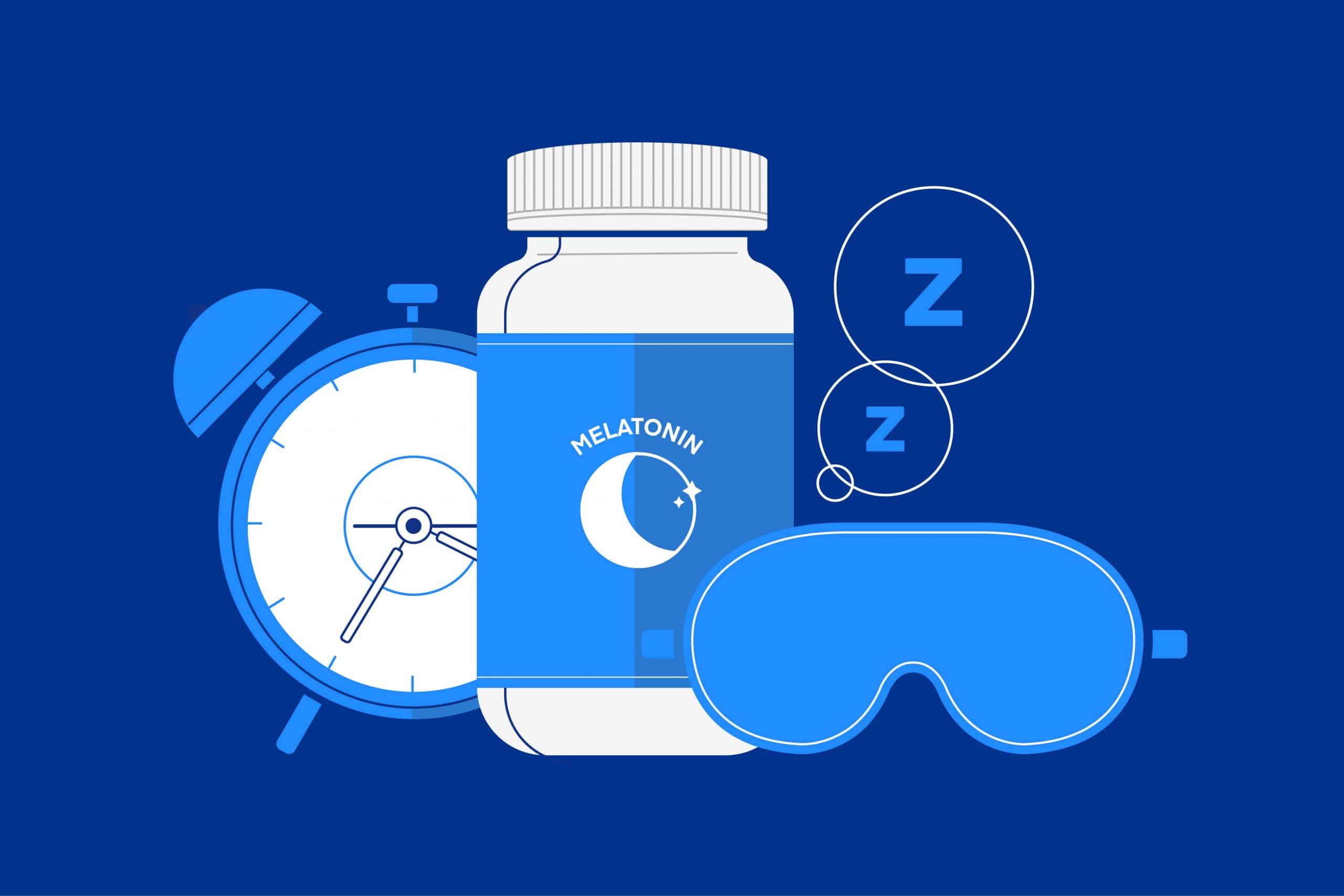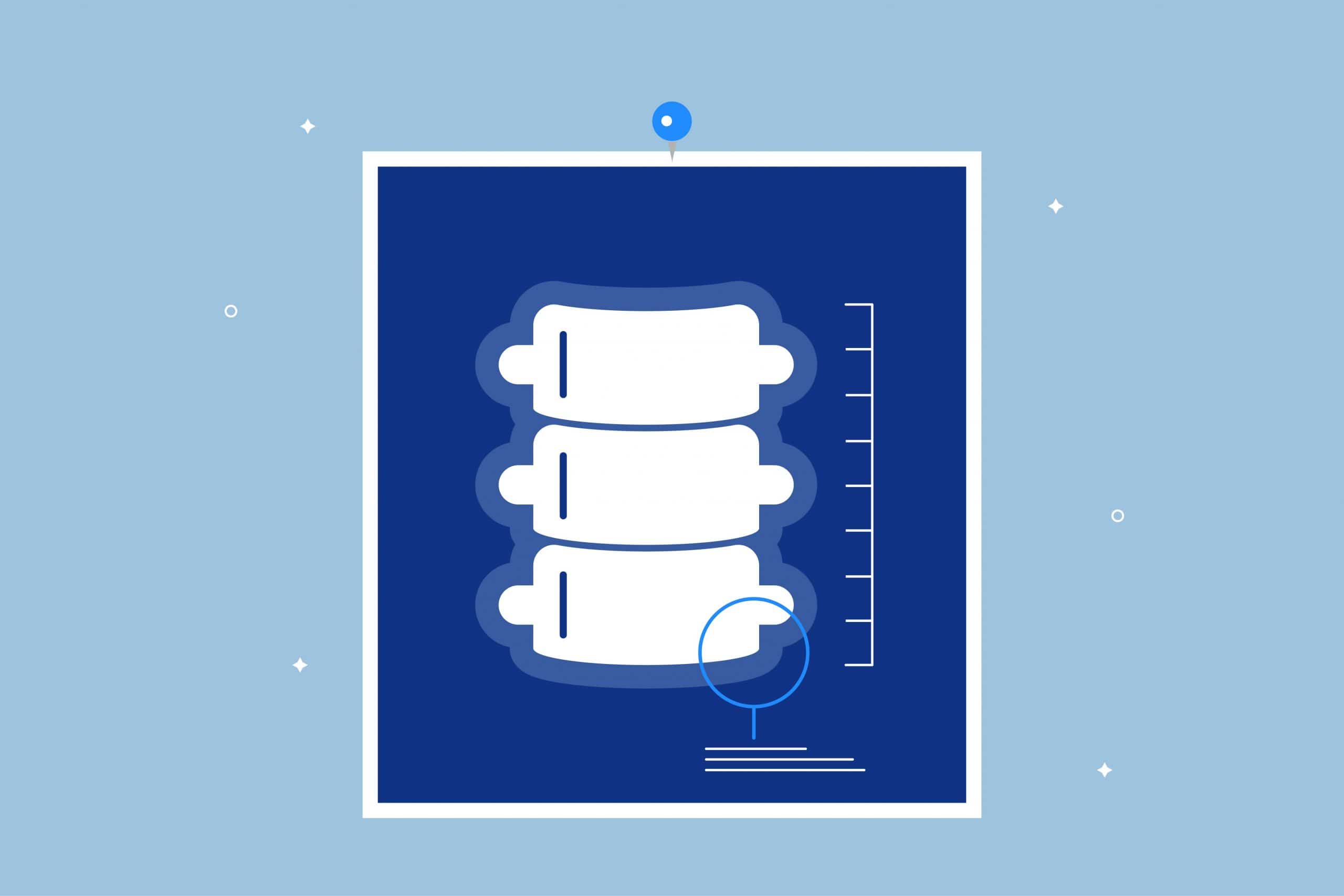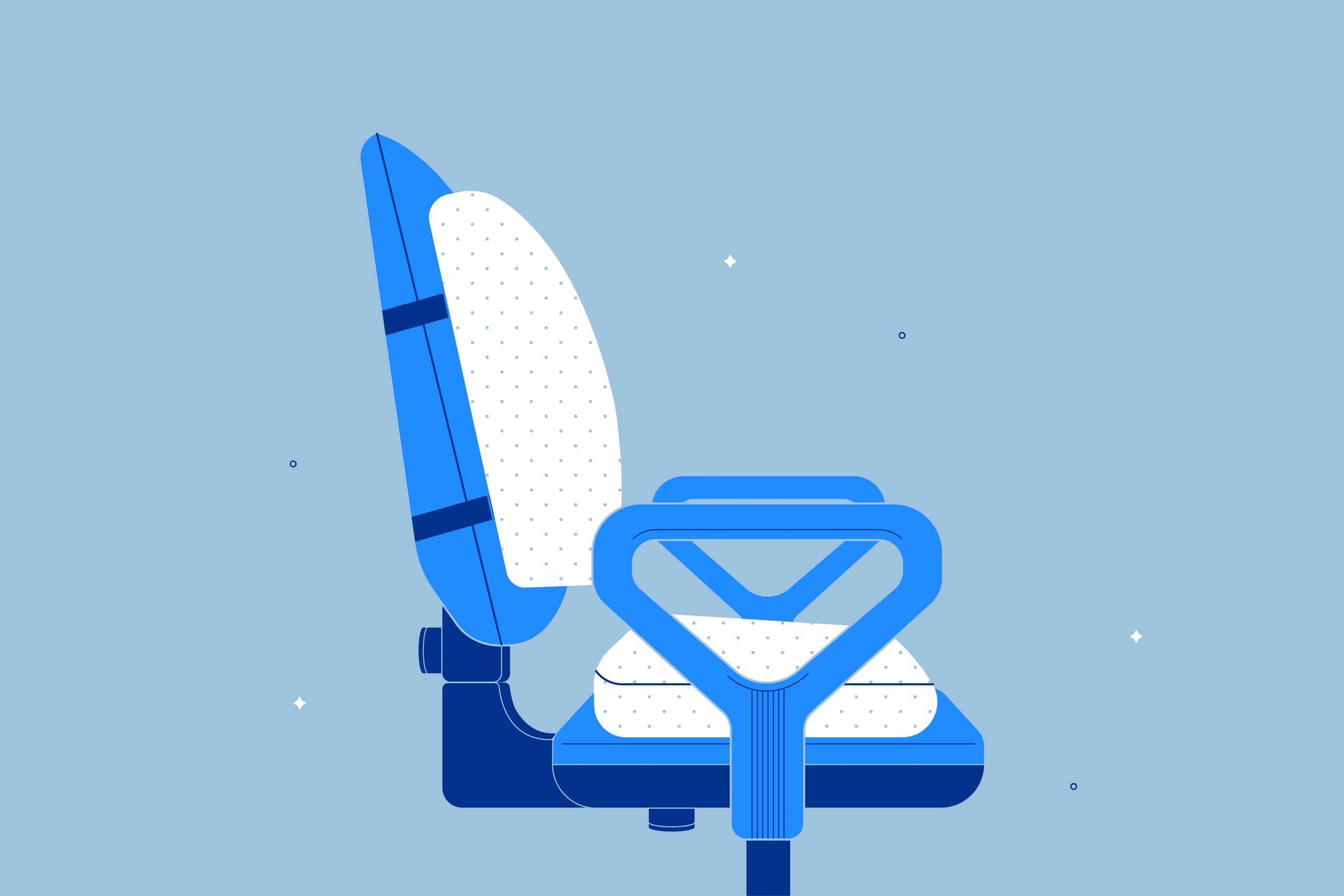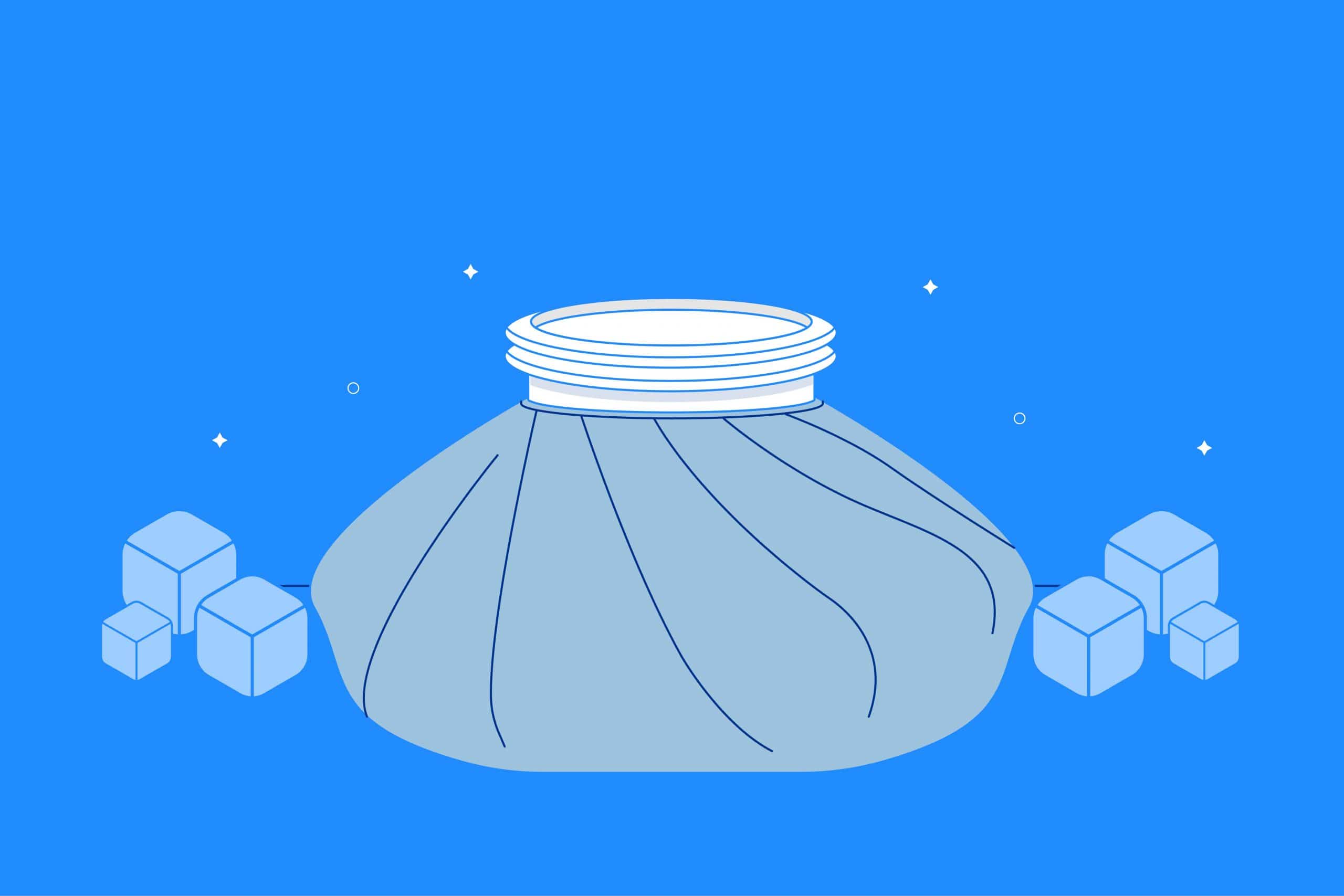Mold and mildew are both home hazards, but though the two are often talked about together, they are not the same. Technically speaking, mildew is a type of mold, which means the two of them do share some commonalities. But while mildew is a mold, a mold is not necessarily a mildew.
Mold and mildew are fungi that thrive in warm, damp conditions and can grow on various surfaces. Outside of that shared description, the two do have a few significant differences. You can determine which is which by their appearance, preferred places to grow, and the effects they have on their surroundings.
What is Mold?
Mold grows from tiny spores that float in the air. As the spores reproduce, they form mold clusters that can be seen by the naked eye.
This fungus plays an important role in nature, breaking down dead organic matter, such as fallen trees. The nutrients contained in these organic materials are then released for other living things to use.
The CDC says Verified Source Centers for Disease Control and Prevention (CDC) The United States’ health protection agency that defends against dangers to health and safety. View source mold is commonplace in homes and other buildings and is not so helpful once it finds its way inside. Aside from the health effects of living with mold, mold can also cause structural damage to your home.
What is Mildew?
Mildew is a type of mold that grows on flat, damp surfaces. You’ll often find it on window sills or the walls of your shower.
Mildew tends to cause less permanent damage than mold. It’s often easy enough to eliminate with a simple cleaning solution.
Where Does Mold Come From?
Mold has been around for millions of years, and mold spores can get inside your home through an open door, window, or vent or be carried inside on an item of clothing or a pet.
Mold will then grow in moist places inside your home, such as near a roof leak or pipe. Surfaces that can support mold include paper products, ceiling tiles, wood, paint, dust, wallpaper, carpeting, fabric, insulation, and drywall.
Differences between Mold and Mildew
Though we list how mold and mildew differ by appearance, where they like to grow, and the effects they can have on surfaces and your body, we should note that it’s essential to take all fungal growths seriously. Knowing what type of fungus is growing in your home is not as important as taking immediate steps to remove it.
Appearances
Mold tends to be described as “fuzzy” or “slimy,” with a green or black color. Mildew might be described as “fluffy,” “powdery,” or “downy,” with a white, yellow, or gray color.
Powdery mildew is more likely to have a white or gray color that can turn yellow, black, or brown as it spreads. Downy mildew often starts yellow and grows brown.
Preferred Environments
Where you find a fungal growth can help you determine whether it’s mold or mildew. For example, if something is growing on food that’s been left to sit, it’s probably mold. Mildew can thrive on food, but you’re more likely to find it in flat, moist areas.
Effects
Molds and mildews can affect the surfaces they grow on differently. Your body may also react differently, depending on the type of fungi.
When mildew grows on flat surfaces such as a tile floor or bathroom wall, the effect is mostly cosmetic. That said, mildew spores can cause coughing and headaches if inhaled.
Mold can do far more damage to your home and your health. Aside from breathing difficulties, mold exposure can be linked to heart problems, joint pain, fatigue, and depression.
Preventing Mold and Mildew
It’s best to limit the chances of mold growing, rather than have to take steps to control mold once it’s taken root in your home. Recommended mold prevention measures include:
- Keeping your home well-ventilated, especially the shower, laundry, and kitchen areas. Make sure you have exhaust fans that vent outside of your home.
- Maintaining a 30 to 50 percent humidity level within your home. A dehumidifier or an air conditioner will help, particularly during the more humid months.
- Quickly fixing any leaks in your home’s structure or plumbing.
- Removing carpeting from damp areas such as your bathroom or a basement.
Be especially careful if your home is flooded, whether it’s a natural flood or a human-made cause such as a burst pipe. The Federal Emergency Management Agency (FEMA) states that mold and mildew will develop within 24 to 48 hours of water damage and exposure.
Mattresses and Mold
Most of us would find it gross to sleep on a mattress overrun with mold, but few of us may understand the steps we can take to prevent that from happening.
Moisture and poor ventilation can promote mold growth in your mattress, just as these two factors can enable mold to thrive anywhere else. That means you need to think about how much you might sweat at night and how well air can circulate through your mattress to remove heat and moisture.
The best way to make sure your mattress stays cool and dry during the night is with the right bed foundation. A good foundation often is slatted instead of solid. This design allows air to circulate through the bottom and remove collected moisture. It’s best to make sure the slats are no more than 3 inches apart to provide consistent support and limit sagging.
The right bedding can also help your mattress remain dry while you sleep. If you find yourself waking up in a sweat, exchange your current bedding for something lighter. While a little bit of sweat is unavoidable, cutting down on how much you sweat limits how much moisture your mattress absorbs.
Encasing your mattress in a waterproof protector is one of the best ways to prevent stains and mold growth. The protector’s tight weave keeps out sweat and other fluids that can create the moist environment needed for mold to thrive.
The possibility of mold and mildew growing in damp conditions is why we recommend keeping your mattress as dry as possible when cleaning it. A thorough vacuuming, followed by a sprinkling of baking soda is an excellent way to freshen and deodorize your mattress without using water. Once the baking soda has been left to sit for a few hours, vacuum up the remainder and cover it with a protector and sheets.
Sometimes it may be necessary to use liquids to clean your mattress, such as vinegar or hydrogen peroxide. If you do so, we usually recommend spot-cleaning stains by wetting a cloth with your cleaning solution and blotting the stain, instead of spraying liquids directly onto your mattress. Make sure your mattress is in a ventilated area and fully dry before you redress it with your bedding.
Can you remove mold and mildew once it’s found a home in your mattress? While it may be possible to eliminate surface-level mold and mildew, there’s no way to kill mold and mildew once they’ve made a home inside your mattress.
The dangers of mold and mildew are high enough for you to be better off buying a new mattress once you see signs of mold. Otherwise, you risk damaging your health by sleeping on a mattress that you may not have gotten clean enough.
Removing Mold and Mildew
What do you do if your prevention steps aren’t enough, and you find mold and mildew growing in your home? It’s possible to take care of the problem on your own.
First, make sure you take steps to protect yourself. Verified Source Centers for Disease Control and Prevention (CDC) The United States’ health protection agency that defends against dangers to health and safety. View source Wear equipment such as goggles, gloves, and masks to protect your face and skin. Keep air circulating while you work. Open all the doors and windows that you can, and use fans and dehumidifiers.
Remove all moldy items. Once mold starts growing in carpeting, on tiles, and in drywall and wallboard, the only recourse is to toss and replace it. It’s important that you remove all mold before you cover up an infected area with paint or caulk.
You can kill mold on hard surfaces with commercial cleaners, white vinegar, or a bleach solution that’s no more than a cup of bleach to a gallon of water. If you use bleach, make sure you have access to fresh air, wear protective gear, and don’t mix the bleach with any other household cleaners.
Mold infections that take up less than 10 square feet (such as a shower) can often be treated by yourself, but if you have a large-scale mold infestation, you may need to call a professional mold removal service.
Is it possible you’ll have to leave your home behind if it’s overrun with mold? The CDC recommends Verified Source Centers for Disease Control and Prevention (CDC) The United States’ health protection agency that defends against dangers to health and safety. View source you speak with your doctor about that possibility if you show signs of illness triggered by exposure to mold. It’s a decision best made on a case by case basis, according to the CDC.
Frequently Asked Questions
Can mold or mildew make you sick?
Yes, mold can make you sick Verified Source National Library of Medicine (NIH) World’s largest medical library, making biomedical data and information more accessible. View source especially if you have a respiratory condition such as asthma. Many people also experience allergic reactions to mold, such as sneezing. Even if you do not have a mold allergy or asthma, mold can irritate your eyes and cause a sore throat, skin rash, headache, and congestion.
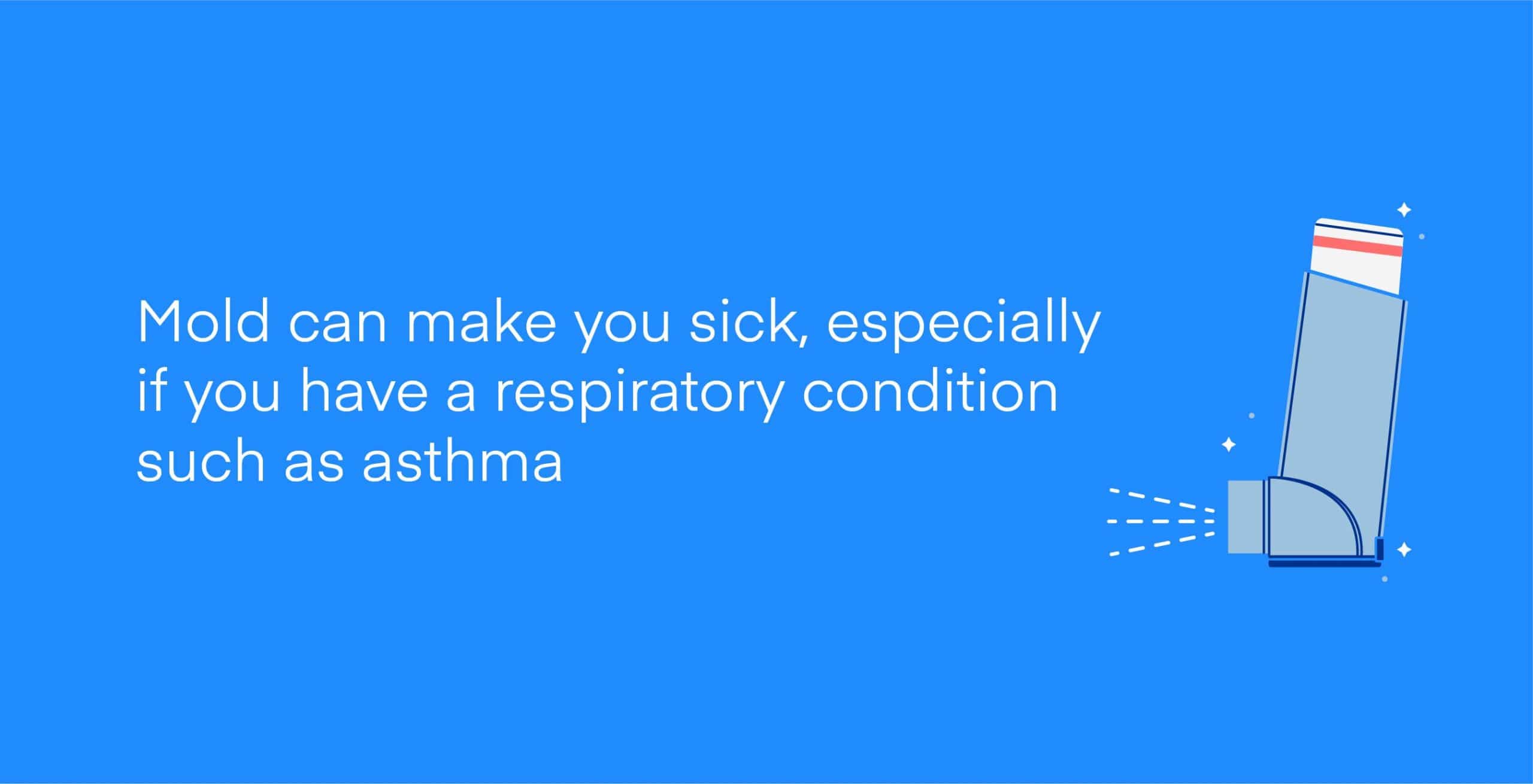
Other at-risk groups when it comes to mold include:
- Babies and children
- Older adults
- People with compromised immune systems
- Those with chronic lung disease
Are mildew and mold the same thing?
Yes and no. While mildew is a type of mold, mold is not always mildew. FEMA specifically calls mildew a “mold in (an) early stage.”
One of the main differences between the two is their appearance. Whereas mold is often considered slimy or fuzzy, mildew tends to look more powdery and fluffy.
Which is worse, mold or mildew?
Both mold and mildew can have terrible impacts on your health. Mold is often thought of as the worst of the two since mildew is less likely to cause structural damage, but either fungus can cause respiratory problems and other health issues.
As the Centers for Disease Control states, Verified Source Centers for Disease Control and Prevention (CDC) The United States’ health protection agency that defends against dangers to health and safety. View source “It is not necessary to determine what type of mold you may have growing in your home or other building. All molds should be treated the same with respect to potential health risks and removal.”
How do you kill mildew?
There are a variety of ways to get rid of mildew once it starts growing. You can try soaking the affected area with white vinegar and letting it sit for a few hours. You can also try applying hydrogen peroxide to the mildew, and wipe it away after leaving it alone for about 10 minutes.
If you use bleach to clean up mold, never mix it with ammonia or other household cleaners. Use a cup of bleach to a gallon of warm water to create an effective cleaning solution.
Does a musty smell mean mold?
A musty smell can mean that mold or mildew is present in your home. There doesn’t need to be a lot of mold for there to be a musty odor, nor will mold necessarily have a musty smell if it takes up residence in your home. Before you try to get rid of or cover up the scent, make sure to check for any mold or mildew growths.
Conclusion
While it can be nice to know whether you’re dealing with mold or mildew in your home, it’s far more critical that you remove all fungi in your home once you spot it. There’s no such thing as a “good” mold when it comes to your home’s structural stability and your own health.
About the author
Mitchell Tollsen is a graduate student and a freelance writer who’s contributed to the Early Bird blog for three years. Mitchell’s always been fascinated by the science of sleep and the restorative processes our bodies undergo when at rest. The self-titled “Sleep Expert” is always looking for ways to improve his shut-eye, and throughout the years has implemented numerous lifestyle changes and tried dozens of sleep-promoting gadgets to determine the best ways to truly get better rest.
View all posts